Curry in Indian food refers to a diverse range of spiced dishes with regional variations across India. It's not a single dish but a category of dishes featuring a sauce or gravy made with a blend of spices. This guide explains what Indian curry really is, its regional differences, essential spices, and how to make authentic curry at home.
Whether you're a beginner or experienced cook, you'll learn how to identify authentic Indian curry, select the right spices, and master techniques for restaurant-quality results. Let's dive in!
Table of Contents
- What Exactly is Curry?
- A Taste Through Time: The History of Curry
- Curry Across Regions: From North to South
- The Spice Lineup: Key Ingredients in Indian Curries
- How to Make a Basic Indian-Style Curry at Home
- Spice Up Your Pantry: Curry Powder & Paste Buying Guide
- Pro Tips: Mastering Curry Like a Pro Chef
- Frequently Asked Questions About Indian Curry
- Final Thoughts
What Exactly is Curry?
You might think that "curry" refers to one specific dish — but in reality, it's more like a blanket term for any dish that uses a spiced sauce as a base. Whether it's chicken tikka masala, chana masala, or korma, all these are types of curries. But don't be fooled by the generic label; each style has its own character, ingredients, and regional twists.
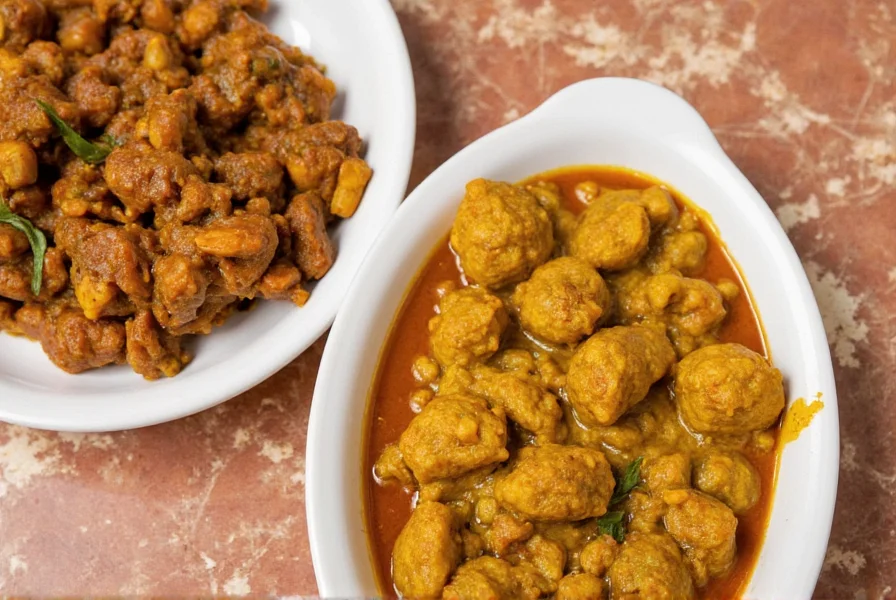
The word "curry" itself is believed to have come from the Tamil word kari, meaning sauce or relish. While Western supermarkets may sell "curry powder," in India, cooks rarely use a pre-made blend. Instead, they combine fresh spices to suit their taste and the dish at hand.
A Taste Through Time: The History of Curry
Long before British colonists fell in love with the exotic flavors of India, local communities had already perfected their own versions of spiced stews and gravies. When the British brought Indian spices and dishes back to England, "curry" became a catch-all phrase for anything cooked with turmeric, cumin, coriander, and chili.
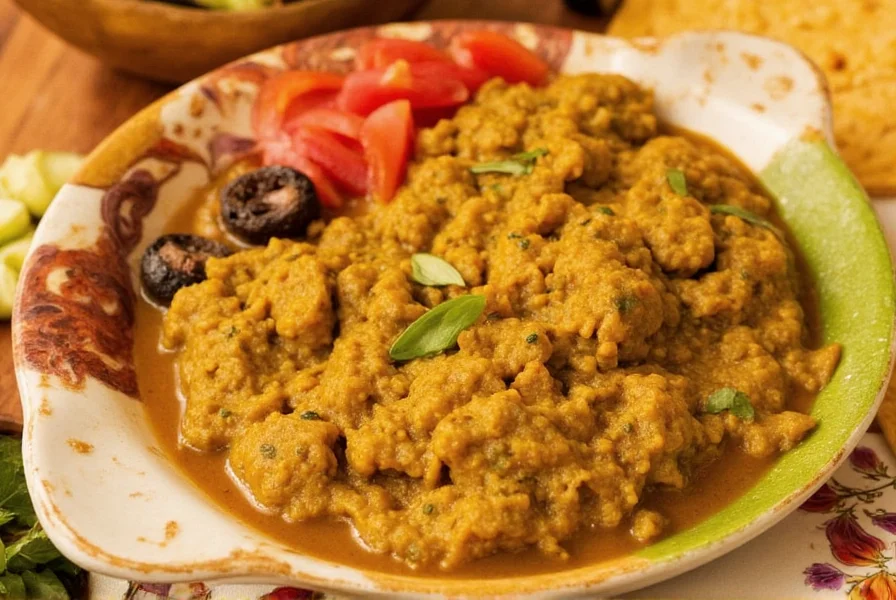
Over time, British curry evolved into dishes like chicken tikka masala — often cited as Britain's national dish — which differs greatly from its Indian counterparts. However, traditional Indian curry remains rooted in authenticity, passed down through generations and tailored to each household's preferences.
Curry Across Regions: From North to South
India is a land of diversity, and this reflects perfectly in its curries. Each region has developed unique styles based on available ingredients, climate, and cultural influences. Let's take a quick tour:
| Region | Popular Curry | Main Ingredients | Flavor Profile |
|---|---|---|---|
| North India | Butter Chicken | Turmeric, garam masala, cream, tomatoes | Creamy, rich, mildly sweet |
| South India | Kerala Fish Curry | Coconut milk, curry leaves, tamarind | Tangy, spicy, coconut-based |
| East India | Macher Jhol (Fish Curry) | Panch phoron (5-spice mix), mustard oil | Earthy, nutty, aromatic |
| West India | Vindaloo | Vinegar, garlic, red chilies | Spicy, tangy, slightly sour |
The Spice Lineup: Key Ingredients in Indian Curries
At the heart of every curry lies a symphony of spices. Some are staples, while others are added for flair. Here's a breakdown of the most common players:
- Turmeric – Adds color and earthy warmth
- Cumin – Brings a nutty, smoky depth
- Coriander – Balances heat with citrusy notes
- Cardamom – Sweet and floral, often used in garam masala
- Chili Powder – Controls the heat level
- Fenugreek – Bitter-sweet with maple-like undertones
- Garam Masala – A signature warming blend added at the end
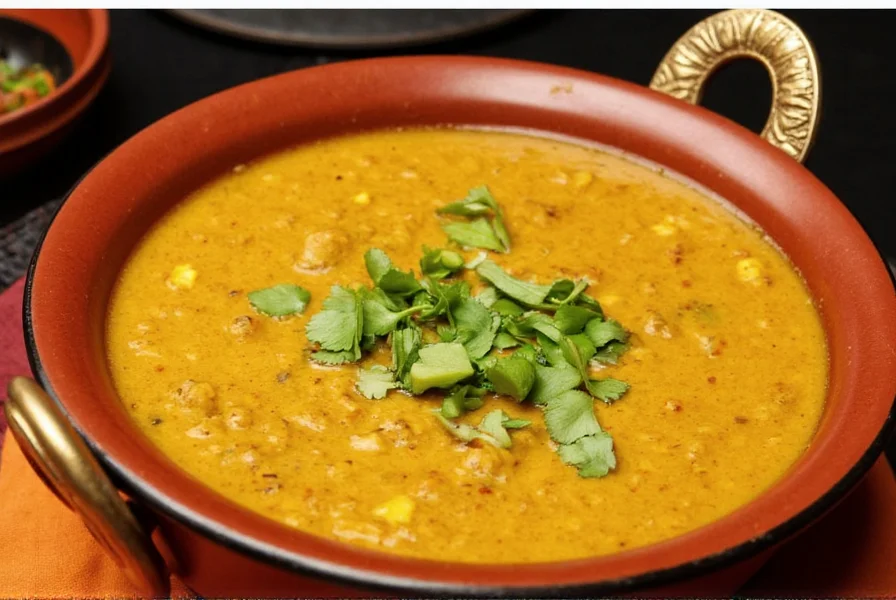
How to Make a Basic Indian-Style Curry at Home
Ready to whip up your first homemade curry? Don't be intimidated! With a few key steps and some quality spices, you can make a restaurant-worthy dish right in your own kitchen.
- Sauté the Base: Start with onions, ginger, and garlic cooked in oil until golden.
- Add Tomatoes: Stir in chopped tomatoes or puree and cook until the oil separates.
- Toast the Spices: Add ground spices and toast for about 30 seconds to release flavor.
- Simmer: Add protein or vegetables and simmer until tender and flavors meld.
- Finish Off: Sprinkle garam masala and finish with cream or coconut milk if desired.
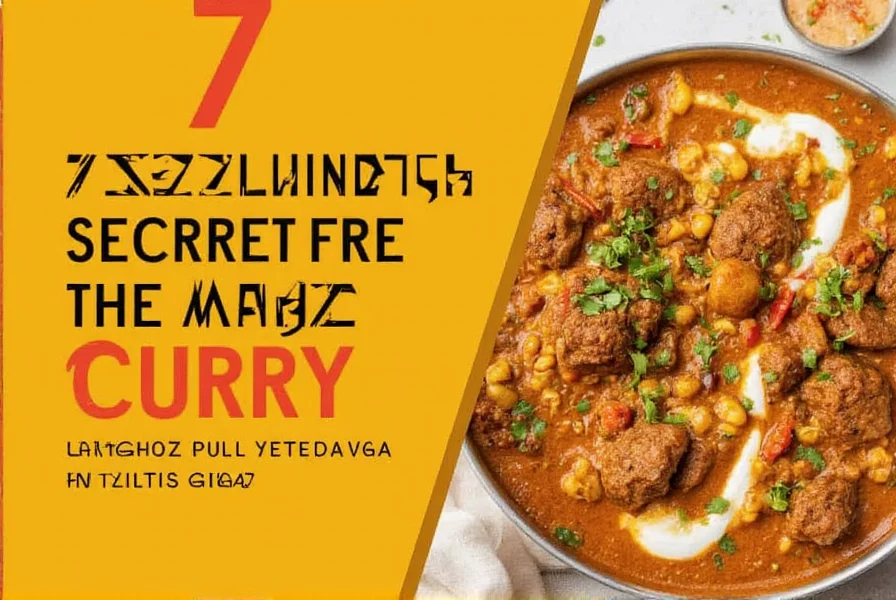
Spice Up Your Pantry: Curry Powder & Paste Buying Guide
If you're new to Indian cooking, choosing the right curry powder or paste can be overwhelming. To help you out, here's a curated guide to some top options, complete with pros, cons, and ideal use cases:
| Product | Best For | Key Features | Flavor Notes | Recommended Use |
|---|---|---|---|---|
| MTR Curry Powder | Classic Indian Dishes | All-natural, preservative-free | Medium heat, balanced spice blend | Rice dishes, lentils, vegetable curries |
| MDH Curry Powder | Daily Cooking | Affordable, widely available | Bold, slightly hotter than MTR | Everyday meals, dal, sambar |
| Shan Chicken Tikka Masala Mix | Quick Meals | Premixed with marinade packets | Tomato-rich, creamy finish | Weeknight dinners, parties |
| Thai Kitchen Red Curry Paste | Thai-style Indian Fusion | Ready-to-use paste, vegan-friendly | Spicy, lemongrass-infused | Coconut milk-based curries |
| Patak's Madras Curry Paste | Heat Lovers | Thick texture, intense flavor | Peppery, deep red heat | Stews, lamb, roasted veggies |
Pro Tips: Mastering Curry Like a Pro Chef
Once you've got the basics down, here are some insider tricks to elevate your curry game:
- Toast Whole Spices First: Whole spices like cumin seeds or cardamom pods release more flavor when toasted before grinding.
- Use Ghee for Extra Flavor: Swap regular oil with ghee for a richer, nuttier taste.
- Let It Rest Overnight: Like many soups and stews, curries improve in flavor after sitting overnight.
- Balance with Acid: A splash of lemon juice or vinegar can cut through richness and brighten the dish.
- Add Fresh Herbs: Cilantro or curry leaves at the end bring a refreshing finish.
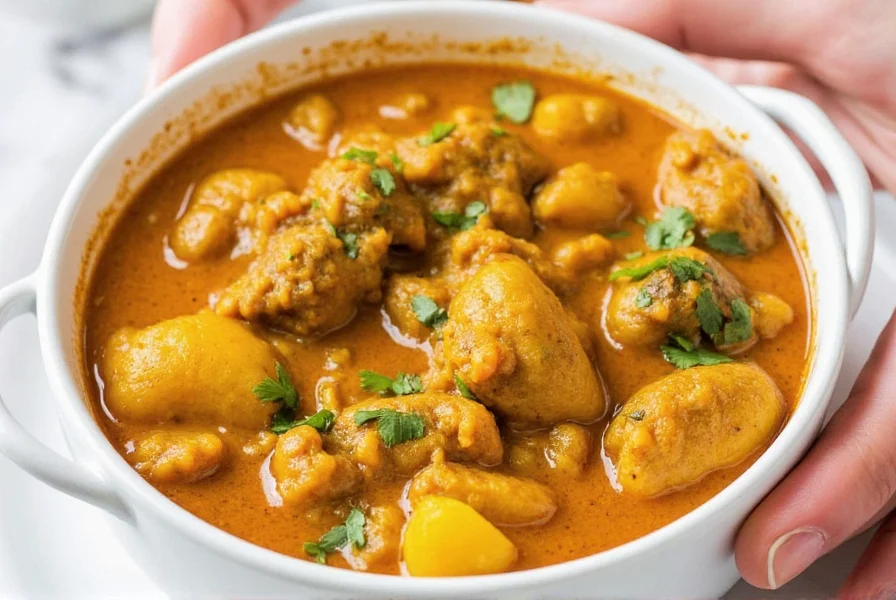
Frequently Asked Questions About Indian Curry
What's the difference between Indian curry and Western curry?
Authentic Indian curries are made by freshly grinding spices for each dish, creating complex layered flavors. Western "curry" often relies on pre-made curry powder and tends to be thicker and sweeter. Indian curries vary dramatically by region, while Western versions typically represent just one interpretation of North Indian cuisine.
Is garam masala the same as curry powder?
No, they're quite different. Garam masala is a warm spice blend typically added at the end of cooking, containing cardamom, cloves, and cinnamon. Curry powder is a British invention that usually contains turmeric, giving it that characteristic yellow color. Authentic Indian cooking rarely uses "curry powder" as Indians prefer to create fresh spice blends for each dish.
How can I fix a curry that's too spicy?
If your curry is too spicy, add dairy (yogurt or cream), coconut milk, or a touch of sugar to balance the heat. Acidic ingredients like lemon juice or tomatoes can also help counterbalance excessive spice. For immediate relief while eating, serve with plain yogurt or rice, which will help absorb some of the capsaicin causing the heat.
Why does restaurant curry taste better than mine at home?
Restaurant curries often benefit from professional equipment that provides higher heat for proper "bhunao" (the critical step where oil separates from the masala), use of aged cooking fats that carry flavor, and spice blends made fresh daily. At home, the secret is proper spice toasting, allowing enough simmer time for flavors to develop, and using fresh, high-quality spices rather than old, stale ones.
What's the secret to thickening curry without using flour or cornstarch?
The authentic way to thicken curry is through reduction and proper "bhunao" technique. Simmer uncovered to allow excess liquid to evaporate, or add ground nuts (like cashews or almonds), yogurt, or lentil flour (besan). Many regional curries use coconut milk reduction, tomato paste, or simply more time for the sauce to naturally thicken as flavors meld.
How long should I cook curry for the best flavor development?
Most authentic curries benefit from at least 20-30 minutes of simmering after all ingredients are added. However, the true flavor magic happens when you let curry rest overnight. The spices continue to meld and penetrate ingredients, creating deeper, more complex flavors. If short on time, 15 minutes of simmering is the absolute minimum for flavors to properly combine.
Can I make authentic Indian curry without specialty ingredients?
Absolutely. Many authentic regional dishes use just 5-6 basic spices that are increasingly available worldwide. Start with turmeric, cumin, coriander, mustard seeds, and chili powder. Fresh ginger, garlic, and onions form the flavor base. As you progress, add specialty items like curry leaves, asafoetida, or specific regional spice blends. Authenticity comes from technique more than rare ingredients.
What's the proper way to store leftover curry?
Cool curry quickly and store in an airtight container in the refrigerator for up to 4 days. For longer storage, freeze in portion-sized containers for up to 3 months. When reheating, do so gently over medium-low heat, adding a splash of water if needed. Curries often taste better the next day as flavors continue to meld, but avoid reheating more than once for best quality and safety.
Final Thoughts
Curry in Indian food is more than just a recipe — it's a journey through culture, geography, and flavor. Whether you prefer a mild butter chicken or a fiery vindaloo, there's a curry out there that speaks directly to your taste buds.
By understanding the basics, exploring regional variations, and knowing which spices and products to reach for, you can create delicious, authentic Indian curries at home — no plane ticket required. So go ahead, get creative with your spices, and make your next curry unforgettable!
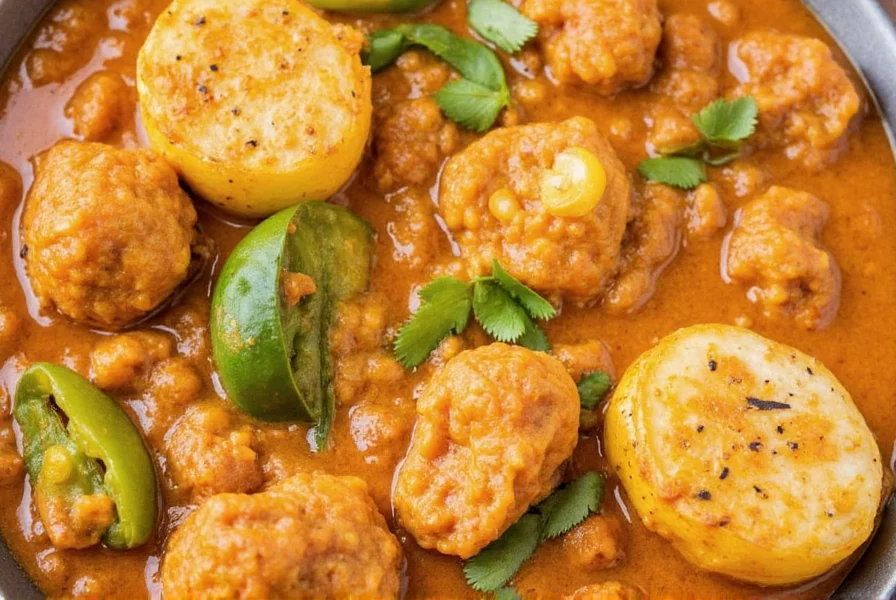

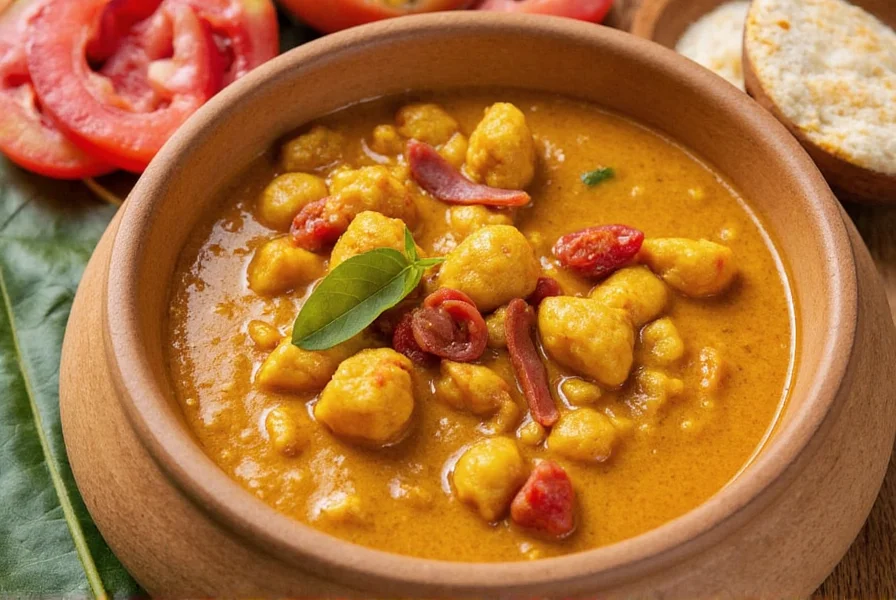









 浙公网安备
33010002000092号
浙公网安备
33010002000092号 浙B2-20120091-4
浙B2-20120091-4